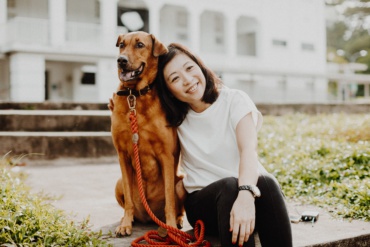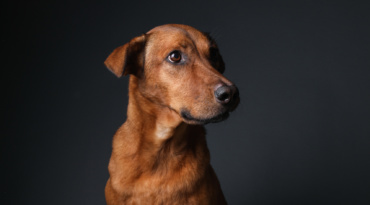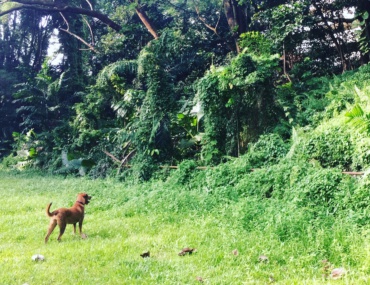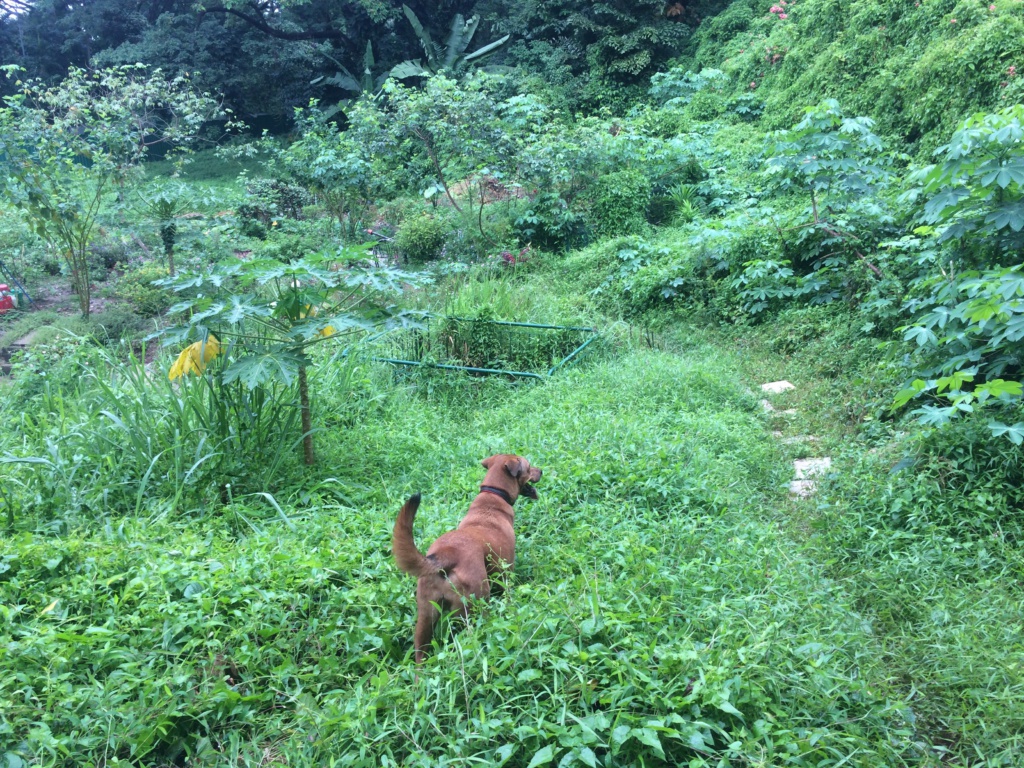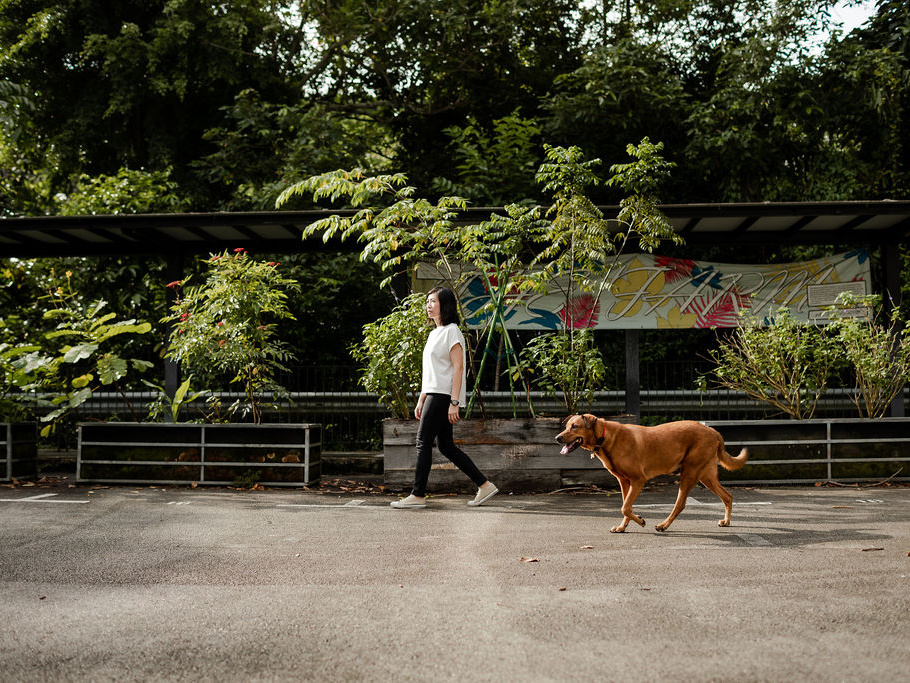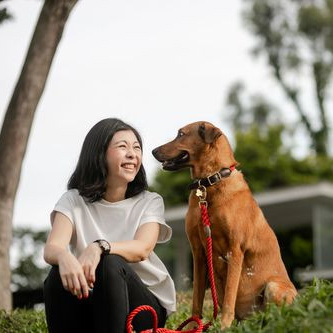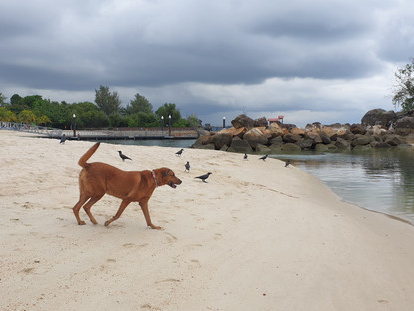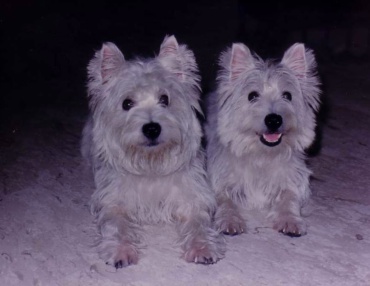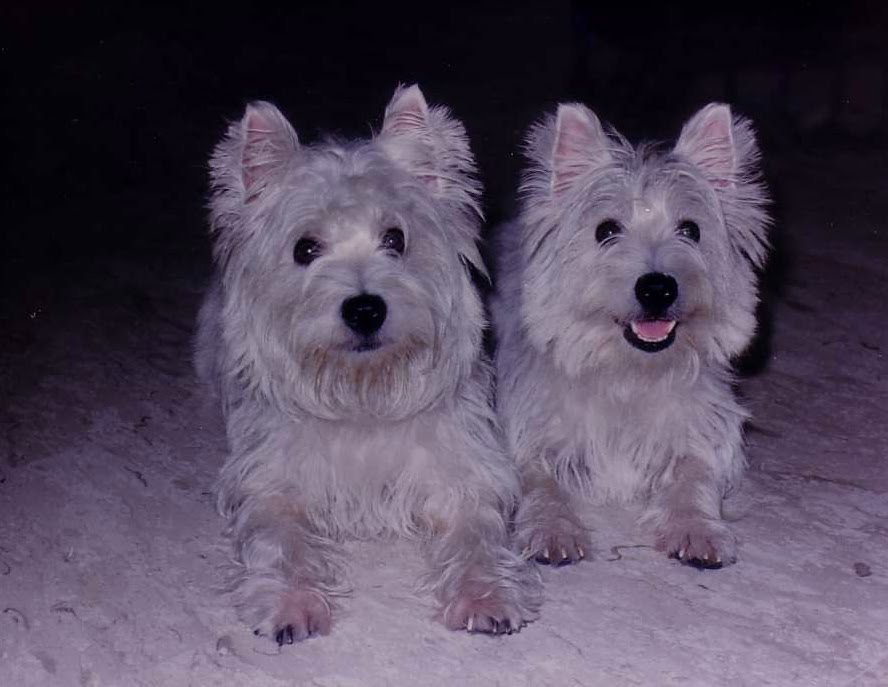The human-dog relationship is perhaps the hardest to define in the 21st century. It’s so contentious and filled with so much noise that we don’t even know what to believe anymore. I get it that we want to be progressive and not think of our dogs as property hence we don’t want to be called an owner. I get it that we want to acknowledge our dogs as living, sentient beings.
I grew up with dogs and never once we treated them like property. But we did respect how they are wired. We recognised that they have needs different from us, humans.
In recent times, I cringe inside when people refer Lady-Mae as my child. Or, if they refer to me as her Ma-ma. If you’re very observant, you’ll see my eyes doing a squint. I struggle with this definition a lot because to be seen as a parent and child relationship is almost as if I’m saying that she’s helpless and that she doesn’t know anything.
I struggle with it because firstly, the dog is only helpless from birth to week 5. By the time most dogs are in homes at 8 weeks old, they already know a lot about being a dog. Their mothers have taught them what it means to be a good dog. How hierarchy in a pack works and how they should behave.
When we think about a dog as a child, we end up having misconceptions of the dog world or can have unrealistic expectations. For me, Lady-Mae is my cross-species friend. Lady-Mae is my equal.
We are on an exchange programme for the duration of her life. I teach her things about the human world. In return, she teaches me things about the dog and the natural world.
The reason why we need to provide our dogs direction and guidance (leadership) is because they will respond in the way they are wired – the dog way. In order for them to learn appropriate behaviours that will suit our human world, it’s our responsibility as their handlers to teach them. In exchange, they give us insight into the natural world like how their view of dominance isn’t how we know it to be in ours.
Dogs live in a highly structured society. In a pack, there’s always a leader. Their leader is a calm and confident dog. Fairness is something that doesn’t apply to dog because they have no concept of favourites. Every dog within a pack knows where they stand and what they must do. E.g. the higher ranking dogs in a pack always eats first followed by the middle of the pack dogs and finally the followers. The reason why we can have a few high ranking dogs together is because they respect each other’s ability to lead and they give way to one another. There isn’t such a thing as ego in a dog. All these problems are a result of us, their humans.
Puppies know that if they misbehave, the older dogs within their pack will discipline them. That’s how they learn social skills. So, it’s highly inaccurate to say that our dogs are helpless. They know a lot more than we do about the dog world by the time they come to live with us. Our responsibility is to continue that education that their mothers began so that they will grow up to the be dog that they were born to be.
I find that when we define our dogs as our children, we place upon them the burden to fulfil some of our emotional needs that our dogs will never be able to replace. Also, we then begin to see tools that we can use for training as needs. E.g. Food, Toys, Affection. When we treat our dogs like children and provide these as a need instead of something that they have to earn, we end up with behaviour problem dogs.
We then forget that the leash is an extension of us and we tend to see our collars and leashes as accessories. The collar and the leash are powerful tools for us to help our dogs navigate our human world successfully.
Also, how can we explain why this same species is also trained to be protection, service, medical alert, bomb explosive detection, search and rescue etc dogs? I find this disparity baffling that just because my dog is a pet dog so it’s a kid? And all the other working dogs out there aren’t?
Why are we so much more ready to be a parent to a dog than to another human being? Is it because the dog is able to validate our need for significance that we disguise it as unconditional love? Is it because the dog is forever so-called dependent on us vs kids will grow to be independent?
Or is it that our misplaced hearts yearns for unconditional acceptance and that we’ve chosen Man’s Best Friend to do the job because they instinctually will return to us their love and devotion.
How did we end up being so messed up about nature? I don’t have answers. But here’s how I see the human-dog relationship.
Lady-Mae and I are like salt in each other’s lives. If you go out to buy an excellent piece of steak, you’ll come home and season the steak with salt. A good chef would not add pepper to the steak because pepper doesn’t bring out the flavours already present in that piece of meat. Pepper ADDS to the flavour. Salt, on the other hand, DRAWS out the flavours that are already present. This is why we pay so much for dry aged meat. It’s the work of salt in the meat being air dried over a period of time.
Similarly, in our human-dog relationship, we cannot change our dogs to be humans. Neither can we be dogs. If we use the same understanding we have about salt and steaks, we know that we can be like salt. We can be agents to help our dogs thrive in our complex human world by drawing out the best of them. Similarly, our dogs too, draw out the best of what’s already present in us.
And, this is how we’re Equals.
